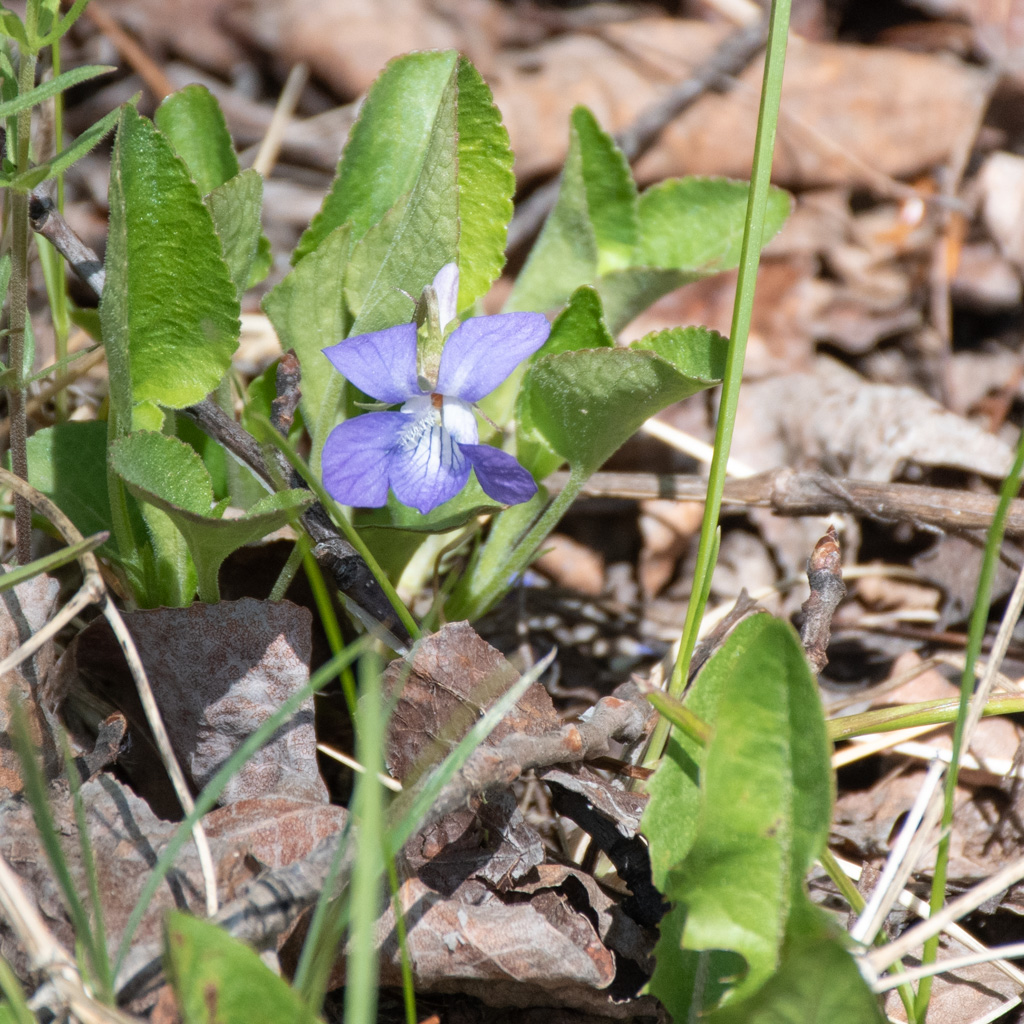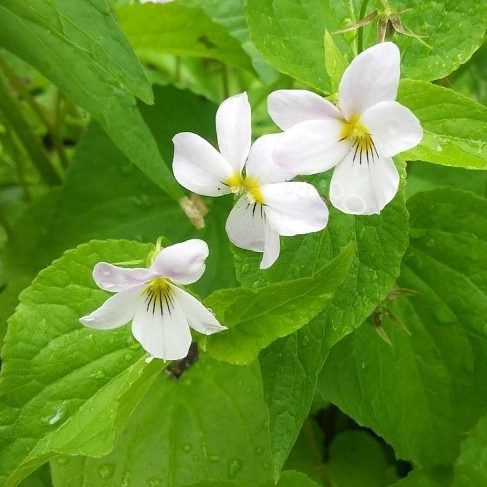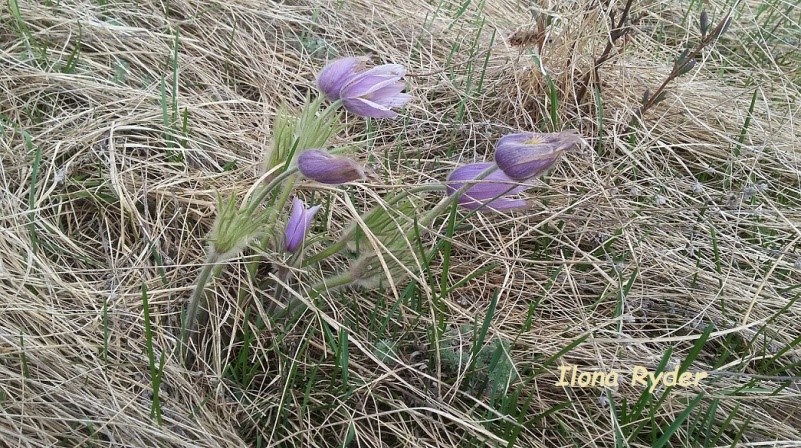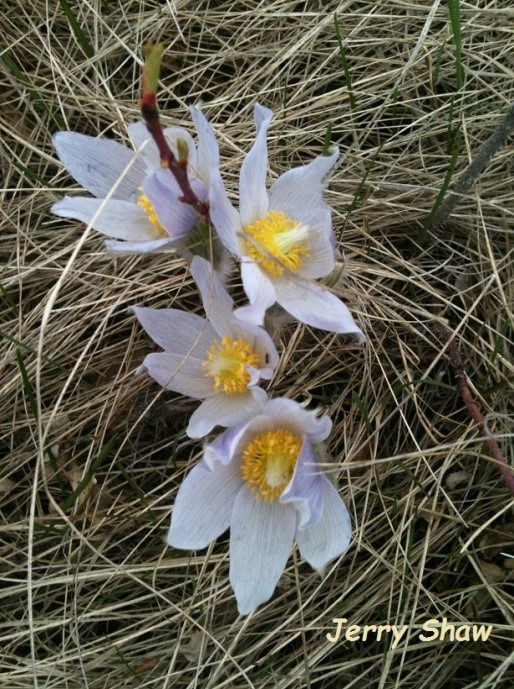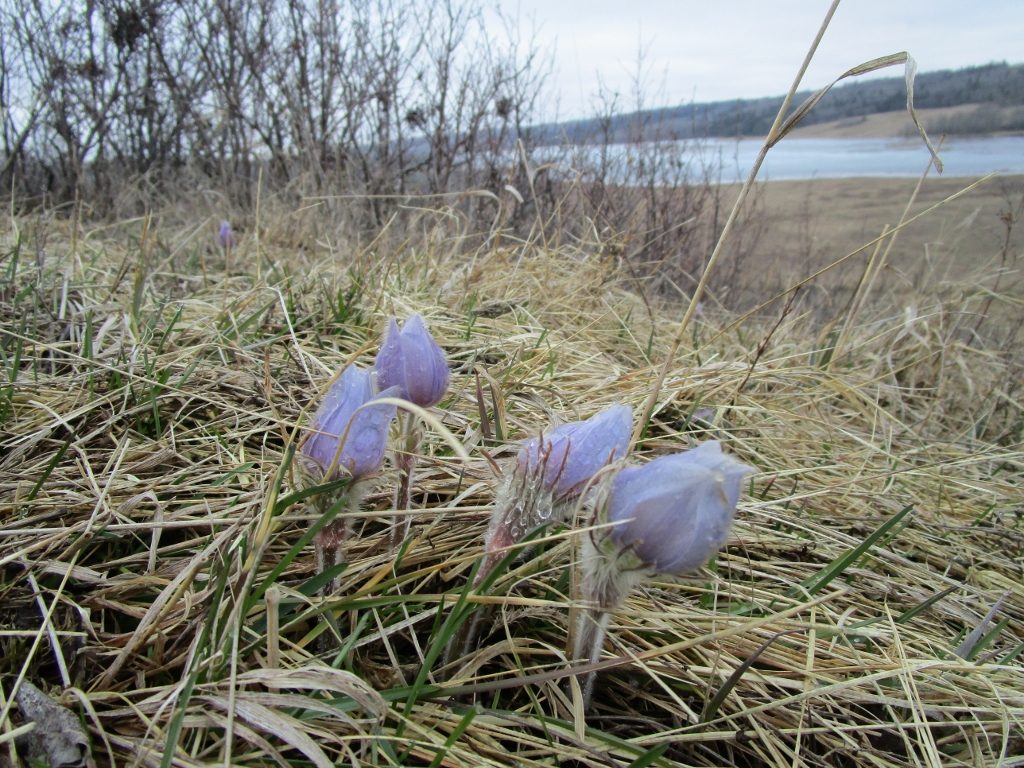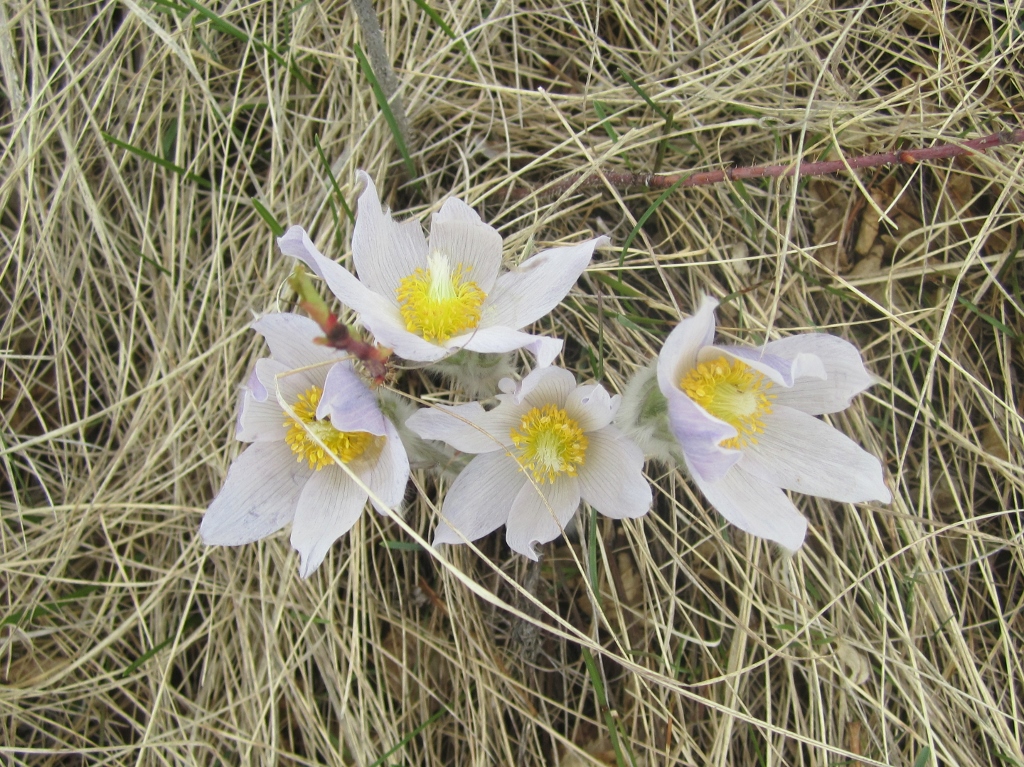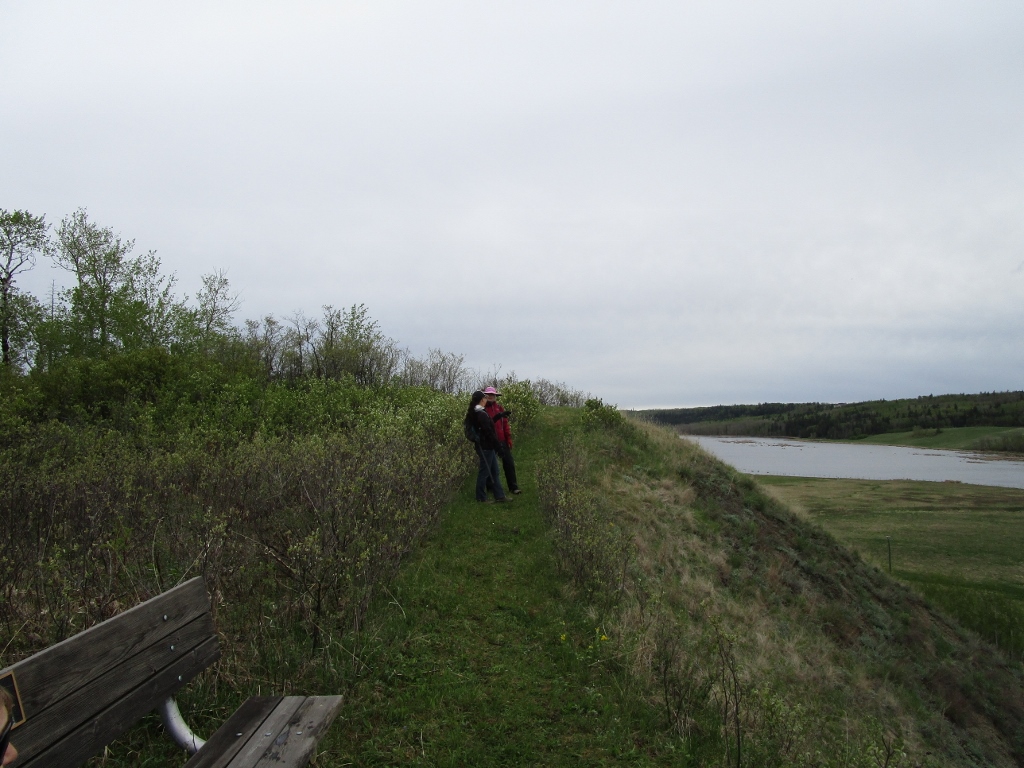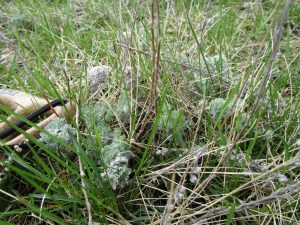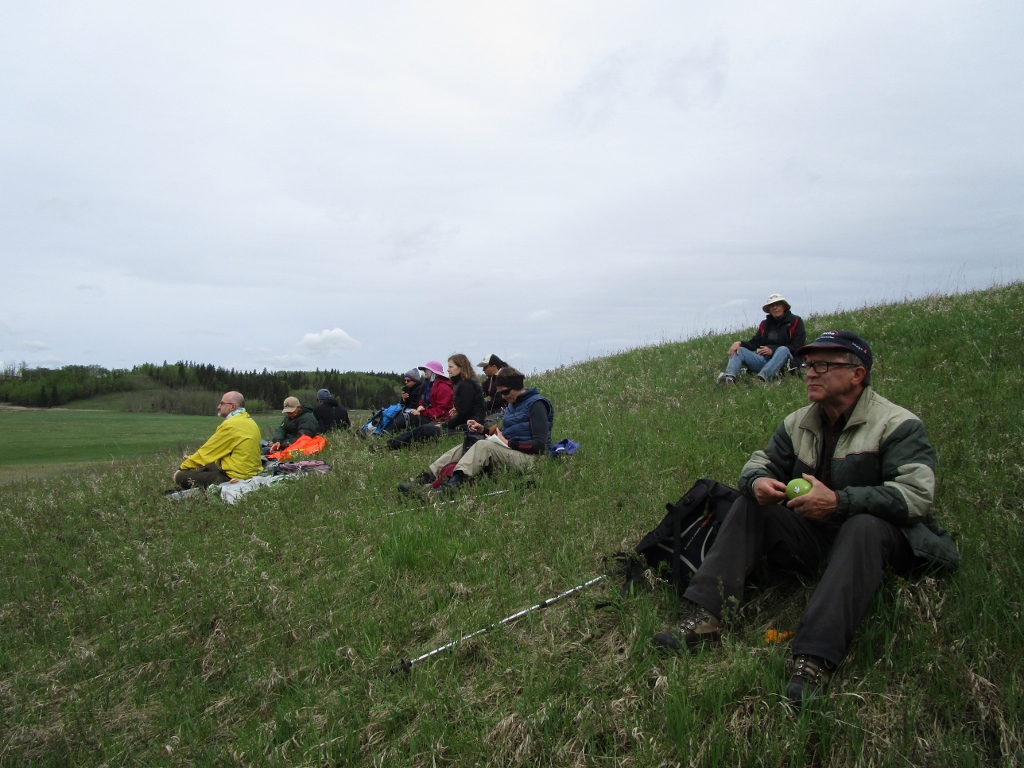Prairie Crocus (Anemone patens) blooms so early in the grasslands that snow may still be on the ground.
[lgc_column grid=”50″ tablet_grid=”50″ mobile_grid=”100″ last=”false”]
Don’t be surprised to see small insects (pollinators) within the flowers because the temperature in the flowers is often 10°C higher than in the surrounding air. The sun’s rays bounce inward from the white cupping petals to heat the yellow stamens.
The flowers are Nature’s original solar panels.
[/lgc_column]
[lgc_column grid=”50″ tablet_grid=”50″ mobile_grid=”100″ last=”true”]
WASKAHEGAN FIELD NOTES
The self-planting seeds of the early blooming Crocus are also part of Nature’s design, allowing rapid penetration through the grasses to the soil and germination when moisture is adequate, thus escaping competition from the grasses when they start to grow. If moisture is inadequate, the seeds will wait another year to germinate. The Prairie grassland ecosystem has other adaptations for survival of its species. The Crocus ranges throughout the whole system and beyond on sandy soils.
[/lgc_column]
